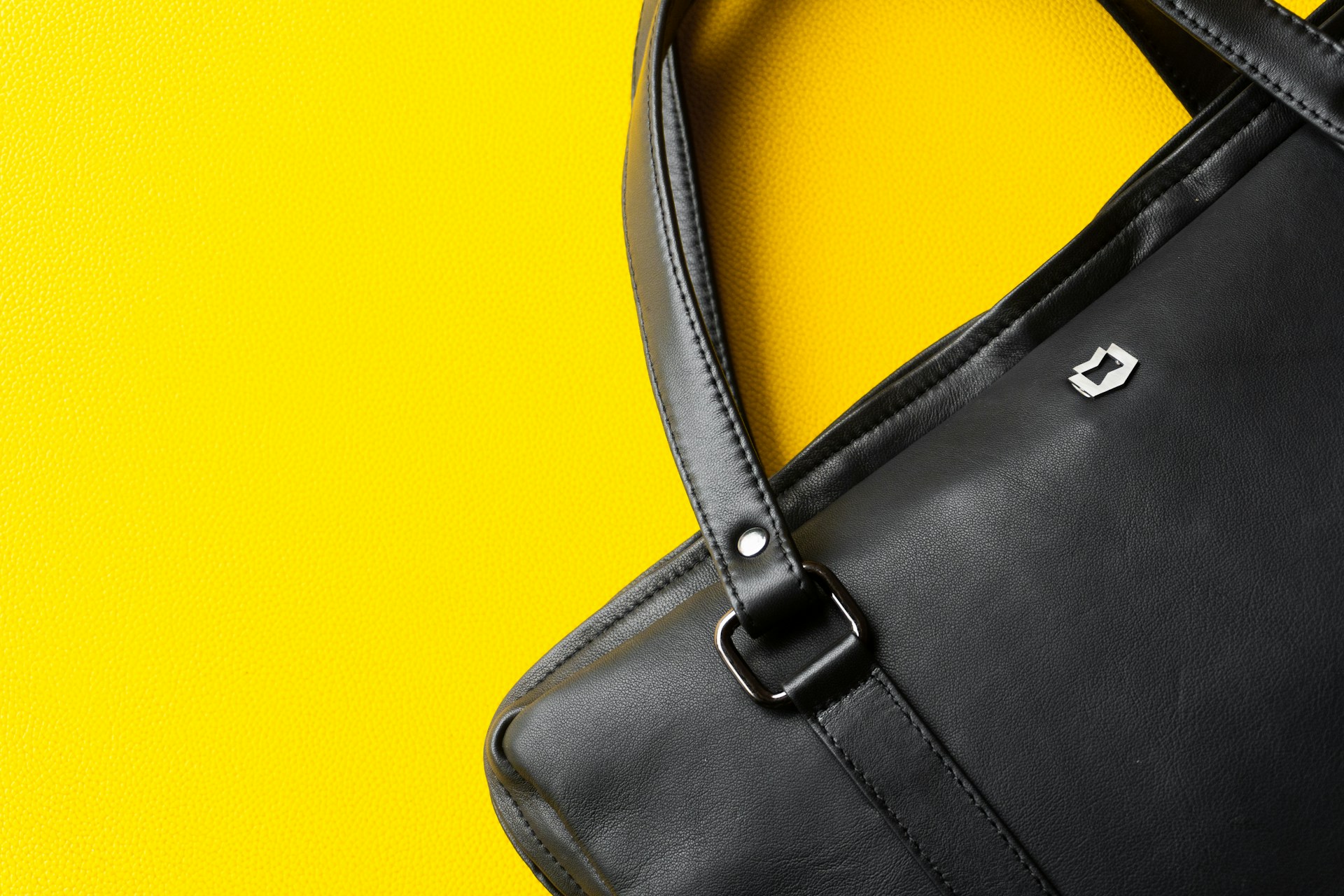Anything that’s made of leather material looks stunning when it’s new – smooth, rich in color, and full of character. But leather is skin, and just like your own, it needs regular care to stay soft, clean, and healthy. Neglect, on the other hand, can turn even the finest piece into something brittle and worn.
To keep it looking its best, leather needs more than surface cleaning. Conditioning keeps the fibers healthy and supple, while cleaning removes the everyday buildup that wears them down. Both steps are vital if you want your leather to last.
Cleaning or conditioning first? Or is one more important than the other? Let’s settle that with a closer look at how leather really responds to care.
What Leather Cleaning Actually Does
At first glance, leather might not look dirty, but that doesn’t mean it’s clean. Oils from your hands, environmental dust, and invisible stains can seep into the surface over time. Professional leather cleaning clears away what you can and can’t see, helping the material stay soft, smooth, and lasting.
Let’s take a closer look at what this process actually includes.
Three Major Benefits
- Prevents Damage – Removes dirt, oils, and residues before they break down fibers or cause cracks.
- Keeps Leather Strong – Maintains flexibility and suppleness, reducing the risk of stiffness and brittleness.
- Maximizes Longevity – Protects your investment so your jacket, bag, or sofa lasts for years instead of wearing out prematurely.
Cleaning Must Come First
Conditioning won’t work properly if dirt, oils, or residue are left behind. Cleaning prepares the surface so moisture and nutrients can penetrate evenly.
- Built-up grime blocks conditioning creams from sinking in.
- Oils left behind can cause uneven hydration.
- A freshly cleaned surface makes conditioning more effective, ensuring the leather stays supple and ages gracefully.
The Role of Conditioning in Leather Health
Cleaning is undoubtedly essential, but conditioning is what gives leather its softness and longevity. Without moisture and oils, leather dries out, stiffens, and cracks. Leather conditioning restores hydration, strengthens fibers, and adds protection against future wear. Think lotion for your skin: simple care, lasting results.
Here’s how conditioning supports leather’s durability.
Hydration and flexibility
Conditioning restores the natural oils lost to sunlight, wear, and cleaning. This keeps leather supple instead of brittle.
- Creams and lotions add essential hydration.
- Oils like lanolin or mink oil improve flexibility.
- Regular conditioning prevents surface cracks.
Protection from damage
Conditioning acts as a barrier against water damage, stains, and dirt. It helps leather resist wear and tear over time.
- Beeswax or protective waxes provide waterproofing.
- Conditioned surfaces resist dust and mold better.
- A protective layer helps preserve color and finish.
How Professionals Combine Both Steps for Best Results
When it comes to leather cleaning vs. leather conditioning, the two steps work best as a pair. Professionals know that skipping either one reduces the overall effectiveness. That’s why trained cleaners always clean first, then follow with conditioning tailored to the leather type. This combined approach ensures both beauty and long-term durability.
Let’s break down how the process is handled by experts.
Inspection and preparation
Before anything touches the leather, a thorough inspection helps identify problem areas. This ensures the right cleaner and conditioner are chosen.
- Inspect for cracks, stains, or mold before cleaning.
- Choose cleaning agents specific to suede, nubuck, or aniline.
- Plan conditioning treatment based on wear and finish.
Cleaning and conditioning sequence
Professionals clean with care, then immediately restore oils through conditioning. This prevents dryness from setting in.
- Cleaning safely removes dust, stains, and oils.
- Conditioning restores hydration and adds protection.
- A final buff with a microfiber cloth ensures a polished finish.
What Happens If You Skip One of Them

Skipping cleaning or conditioning is tempting, but it shortens the longevity of your leather. Cleaning without conditioning leaves leather dry and brittle. Conditioning without cleaning locks dirt, oils, and soil under the surface, leading to discoloration and odors. When both are neglected, leather becomes permanently damaged, requiring costly restoration or replacement.
How Skipping Impacts Leather Over Time
Skip Cleaning → Stains and Odors Set In
Dirt, perspiration, and oils settle deeper, leading to permanent discoloration and odor. And once mold appears, only a professional Leather Cleaning Service can save it.
Skip Conditioning → Leather Cracks and Stiffens
Without hydration, leather loses flexibility. Chairs and couches start to peel, while boots and jackets split at stress points.
Neglect Both → Expensive Repairs
Cracked or heavily stained leather often requires repair or replacement, which is far more expensive than regular use of a leather sofa cleaner and conditioner or conditioning creams.
Get the Full Treatment – Trust Columbus Dry Cleaning & Laundry Services for Total Leather Care
Why choose one when your leather needs both? At Columbus Dry Cleaning & Laundry Services, we specialize in professional leather cleaning and conditioning to preserve the natural beauty of your leather. We use a special conditioner to restore the natural oils of your leather, thus keeping it soft, supple, and looking new.
We perform a final inspection of your leather items before returning them to ensure you’re 100% satisfied. Schedule an appointment today or take advantage of our FREE Pickup and Delivery Service across Central Ohio – no hassle, no heavy lifting, and no reason to wait.
Reach out to us today:

